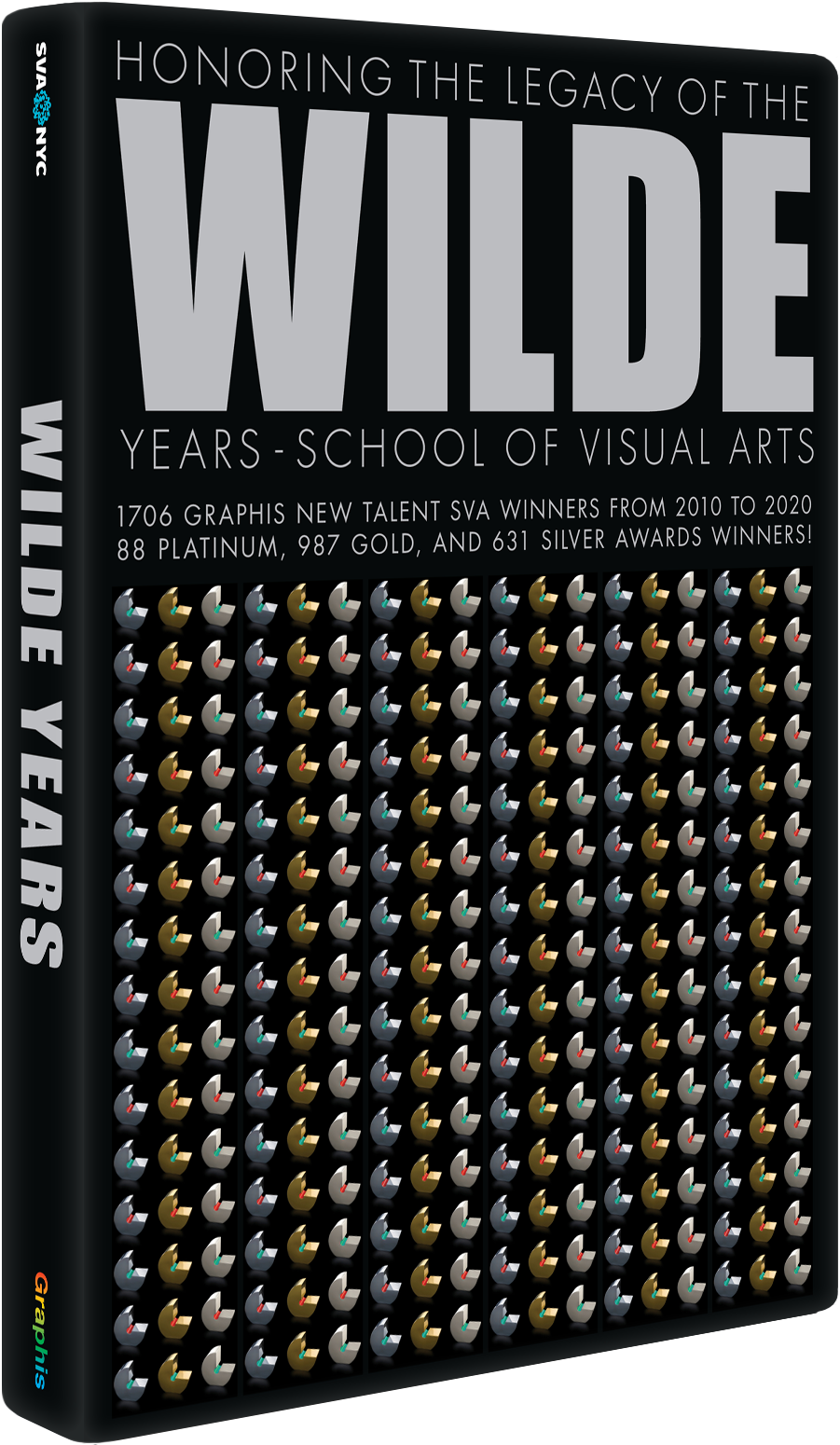The First World War in the Air
Competition:Design Annual 2016
Award:Platinum
Design Firm:Ralph Appelbaum Associates, Inc.
Client:The Royal Air Force Museum
Categories:Exhibit, Print
DesignerRalph Appelbaum Associates
Project ManagerDeborah Miller
OtherPatrick Swindell (Project Leader)
OtherRosanna Vitiello (Graphic Oversight)
OtherLai Couto (Media Developer)
OtherHolles Houghton (Content Developer)
OtherMirko Cerami (Designer and Visualiser)
OtherGabi Ivorra (Parametric Modeller)
OtherAtlas (AV Integration)
OtherSquintOpera (Media Production)
OtherAIVAF Ltd (Interactive Exhibits)
Lighting DesignDHA
Graphic DesignersSteve Roberts, Mat Mason
DirectorPhillip Tefft
Content CoordinatorCharlotte Kingston
Country:United Kingdom










